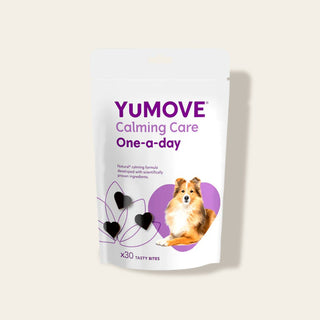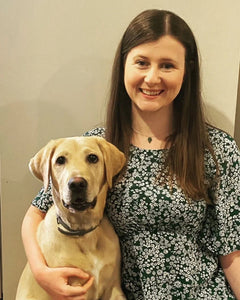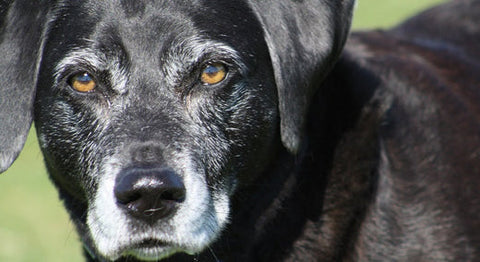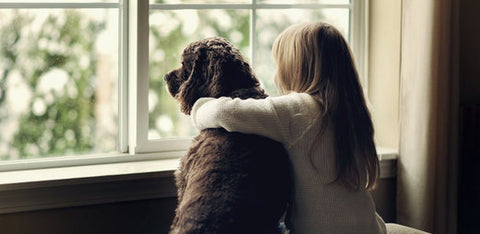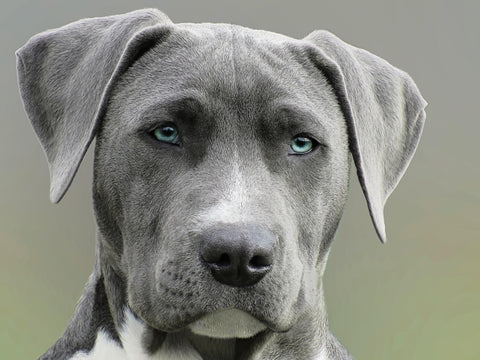
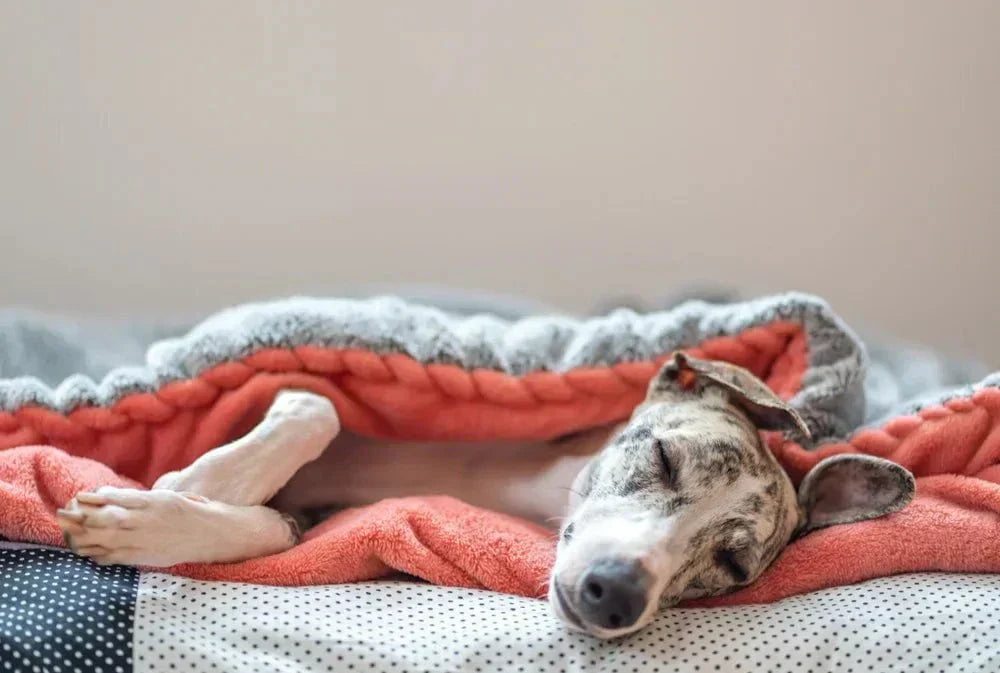
Top 15 calm dog breeds
There are more than 360 officially recognised dog breeds worldwide, each with its own personality and needs. Some are naturally more laid-back than others, making them a good match for certain lifestyles. While we can’t cover them all, here are 15 relatively common calm dog breeds that may suit an easy-going lifestyle.
Benefits of getting a calm dog breed
All dogs have playful moments—think zoomies—but some breeds, especially from the working group, are hardwired for specific activities, like hunting or herding. Without an outlet, their energy can lead to anxiety, obsessive behaviours or hypervigilance.
Understanding a breed’s history and purpose is key to choosing the right companion. If you live alone, work long hours, or have limited mobility, a calm breed might be a better choice than a high-energy working dog.
A calm dog does not mean no exercise or training; every dog needs activity, just in different amounts. It’s also important to think about what “calm” means for you. For some, it means laid-back with visitors; for others, low energy levels; for busy professionals, it may mean a dog less prone to separation anxiety.
Care needs also vary. Small, calm breeds can mean plenty of trips to the groomers, medium and larger breeds can be more difficult to travel with, and once you reach giant breeds, remember calm doesn’t always mean low mileage. Each breed comes with pros and cons, as well as breed-specific health conditions; it’s all about finding the right match for you.
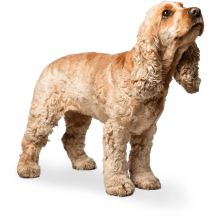
Small calm dog breeds
Small dogs are often clever and full of character. A few short walks and indoor play may be all they need, but they form a close bond with their owners and can become anxious when left alone.
1. Bichon Frise
Friendly and affectionate, Bichon Frises thrive on companionship. Their playful, intelligent nature (they were once circus dogs) means they need regular mental stimulation as well as activity.
2. Cavalier King Charles Spaniel
Gentle, social, and charming, Cavaliers are lap dogs who adore people. They’re prone to mitral valve disease and need regular ear care due to their floppy ears.
3. Shih Tzu
Affectionate and friendly, Shih Tzus combine calmness with a lively streak, enjoying indoor games and short walks. Their long coat needs daily brushing.
4. Maltese
Lively yet gentle, Maltese thrive on companionship. They can do well in smaller spaces but need daily activity and brushing of their silky white coat.
5. Yorkshire Terrier
Bold and intelligent, Yorkies pack plenty of character into a small frame. They love interactive play and training, and their long coat needs regular brushing.
6. Boston Terrier
Cheerful and adaptable, Boston Terriers love short bursts of exercise and companionship. Their short coat is low maintenance, but their flat faces can lead to breathing and eye problems.

Medium calm dog breeds
Some medium-sized calm breeds are both affectionate and stubborn. They’re calm because they only do things if they really feel like it; it’s part of their charm.
7. Basset Hound
Laid-back, affectionate, and stubborn, Bassets enjoy leisurely sniffing adventures. They are prone to ear, skin fold and back problems.
8. British Bulldog
Bulldogs are loyal and loving. Exercise must be planned carefully, as their flat faces make them very heat sensitive. Their short coat is low maintenance, but skin folds require regular care.
9. Whippet
Quiet and gentle, Whippets adore a sprint followed by hours of lounging. Their thin skin makes them prone to injuries, and they dislike the cold, but grooming needs are minimal.
10. Clumber Spaniel
Calm and loyal, Clumbers enjoy moderate activity and plenty of downtime. Their heavy coats and floppy ears need regular upkeep.

Big calm dog breeds
Large calm breeds are often either sighthounds or the ‘gentle giants’ of the dog world.
Remember: big dogs mean bigger needs, from space and food to veterinary care, and even if their personalities are placid, you need excellent control in public spaces.
11. Greyhound
Gentle and affectionate, Greyhounds like a daily sprint but are famously laid-back. Their thin coat needs little grooming, but they are sensitive to temperature extremes and sometimes to noise.
12. Irish Wolfhound
Affectionate and dignified, Wolfhounds enjoy long walks but are calm indoors. Sadly, they have a shorter lifespan and are prone to several issues.
13. Newfoundland
Gentle and patient, Newfoundlands are natural lifeguards and devoted family dogs. Their thick, water-resistant coat requires dedicated grooming, and they’re prone to joint and heart conditions.
14. Saint Bernard
Friendly and tolerant, Saint Bernards are famously patient. They need daily exercise balanced with rest. Their dense coats need upkeep, and they are prone to hip issues and bloat.
15. Bernese Mountain Dog
Good-natured and affectionate, Bernese thrive in families. Their coat needs grooming, and they are prone to joint problems, bloat, and certain cancers.
How do I help calm my dog down?
All dogs get wound up sometimes, whether from play, excitement, or stress. Spotting whether it’s excess energy or anxiety is important, but here are a few tips to help them relax:
- Exercise: Even low-energy dogs need walks; offer extra exercise during stressful times. Use our dog exercise calculator to work our how much exercise your dog should have.
- Mental stimulation: Games and training help prevent boredom and hypervigilance.
- Safe spaces: A covered or secluded bed can be comforting.
- Background noise: Music or white noise can mask unsettling sounds.
- Dog calming supplements
-
Anti-anxiety wraps: Special coats that apply gentle, relaxing pressure.
For more advice, read the blog on how to calm a dog down.
The Takeaway
No dog is perfectly calm all the time, and while the breeds we’ve discussed are generally calmer by nature, every dog is an individual. Training, socialisation, exercise, and a strong bond with your pup are still essential to bring out their best.
Remember, you don’t have to do everything alone. Meeting your dog’s unique needs can be a team effort. Family, friends, neighbours, and dog walkers can all help you nurture a calm and cuddly companion.
To find out more about behaviour and anxiety, visit the Dog Behaviour & Anxiety Hub.
